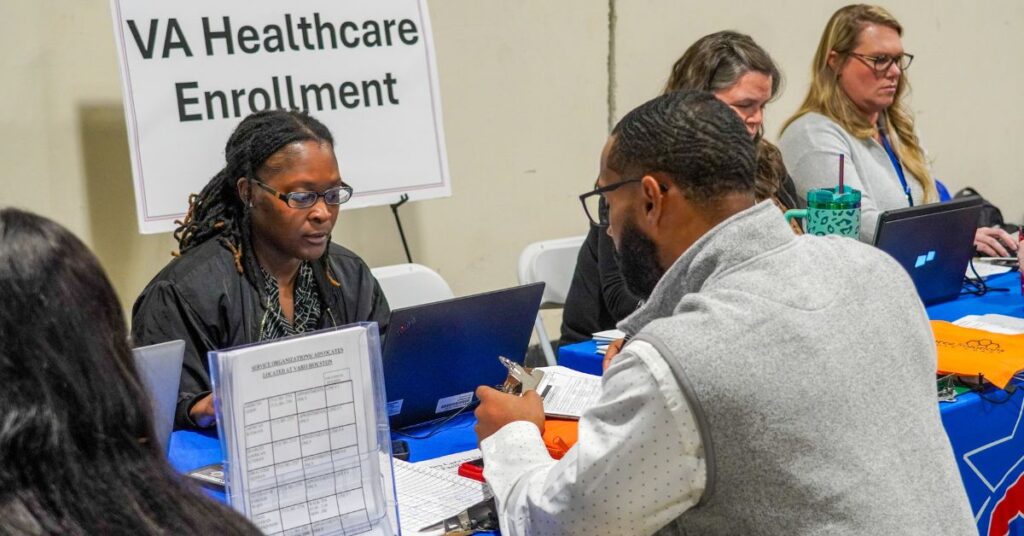Regardless of your company’s size, fostering inclusive leadership is key to improving employee participation, engagement, and retention. Inclusive environments recognize and amplify each team member’s unique strengths.
Inclusive leadership is reshaping traditional models by focusing on empathy, cultural competence, and active listening. This approach builds trust and respect within teams, leading to higher engagement, retention, and performance. McKinsey & Company reports that companies with diverse leadership, particularly with over 30% female representation, consistently outperform their peers, showing that inclusivity drives results.
Inclusive leadership starts with intentional action. Here’s how leaders can build more inclusive teams:
1. Lead by Example
- Involve affected stakeholders in decisions
- Give space for all ideas and perspectives
- Appreciate contributions across roles and backgrounds
- Encourage collaboration and shared problem-solving
2. Promote Open Communication
- Create safe spaces for dialogue (e.g., surveys, town halls)
- Address issues early
- Actively listen and value all experiences
- Be open to feedback and responsive to change
3. Foster a Culture of Respect
- Define and reinforce respectful behavior
- Include it in onboarding and regular meetings
- Train leaders to recognize and address bias
- Promote fairness and equity for all
Inclusive leadership isn’t just for large companies. Small and mid-sized businesses can drive diversity, innovation, and long-term success by embracing these principles. Inclusive leaders are aware of their own biases, actively seek out and consider different perspectives, and create an environment where all employees feel valued and respected.
Want to learn more about effective leadership? Visit the Workforce Solutions Gulf Coast website to learn more about the opportunities and resources available, whether you are searching for a job or looking for HR tools.




